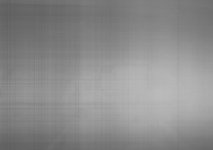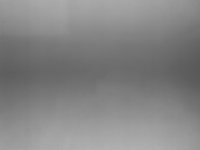Dear fellow Screen users,
My company produces films for screen printers and other graphic specialists, I do this on a Screen Katana 5055 with an LDM-1060 film developing machine.
Until recently, I had film from Agfa, type HND (hard dot), for this purpose. Agfa has stopped producing HND film and only supplies HNS film. But since the change from HND to HNS there are problems with the halftone screens. These show horizontal and vertical banding. I have already taken the necessary actions to try to solve the problem, a shortlist of these:
My question to you is if this problem is recognizable and if there is a possible solution. Otherwise I would like to hear if there are alternatives to the HNS film, preferably again a hard-dot film like the HND.
With kind regards, Bart
My company produces films for screen printers and other graphic specialists, I do this on a Screen Katana 5055 with an LDM-1060 film developing machine.
Until recently, I had film from Agfa, type HND (hard dot), for this purpose. Agfa has stopped producing HND film and only supplies HNS film. But since the change from HND to HNS there are problems with the halftone screens. These show horizontal and vertical banding. I have already taken the necessary actions to try to solve the problem, a shortlist of these:
- Laser intensity adjusted from 120 to 185 due to the reduced sensitivity of the HNS film (density > 4.0).
- Created new correction curves due to the different properties of the film.
- The temperature of the development bath checked.
- Replenishment checked.
- Dot shape changed from round to elliptical.
- Set the resolution from 2400 to 3000 dpi
- Cleaned the pump of the developing section and checked it for proper functioning.
- Optics of the imagesetter cleaned.
- HNS films used with a different batch number.
- Another developer (G101c instead of ACD developer).
- Imagesetter replaced by a spare machine (I bought this one 2 years ago just to be sure).
My question to you is if this problem is recognizable and if there is a possible solution. Otherwise I would like to hear if there are alternatives to the HNS film, preferably again a hard-dot film like the HND.
With kind regards, Bart













